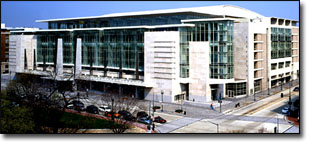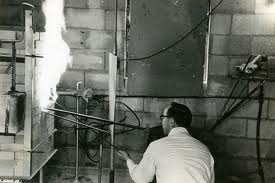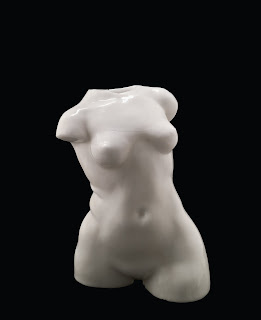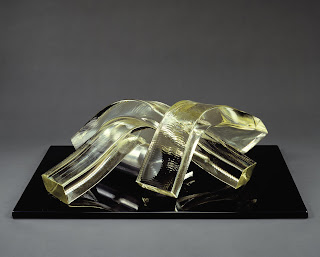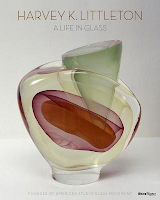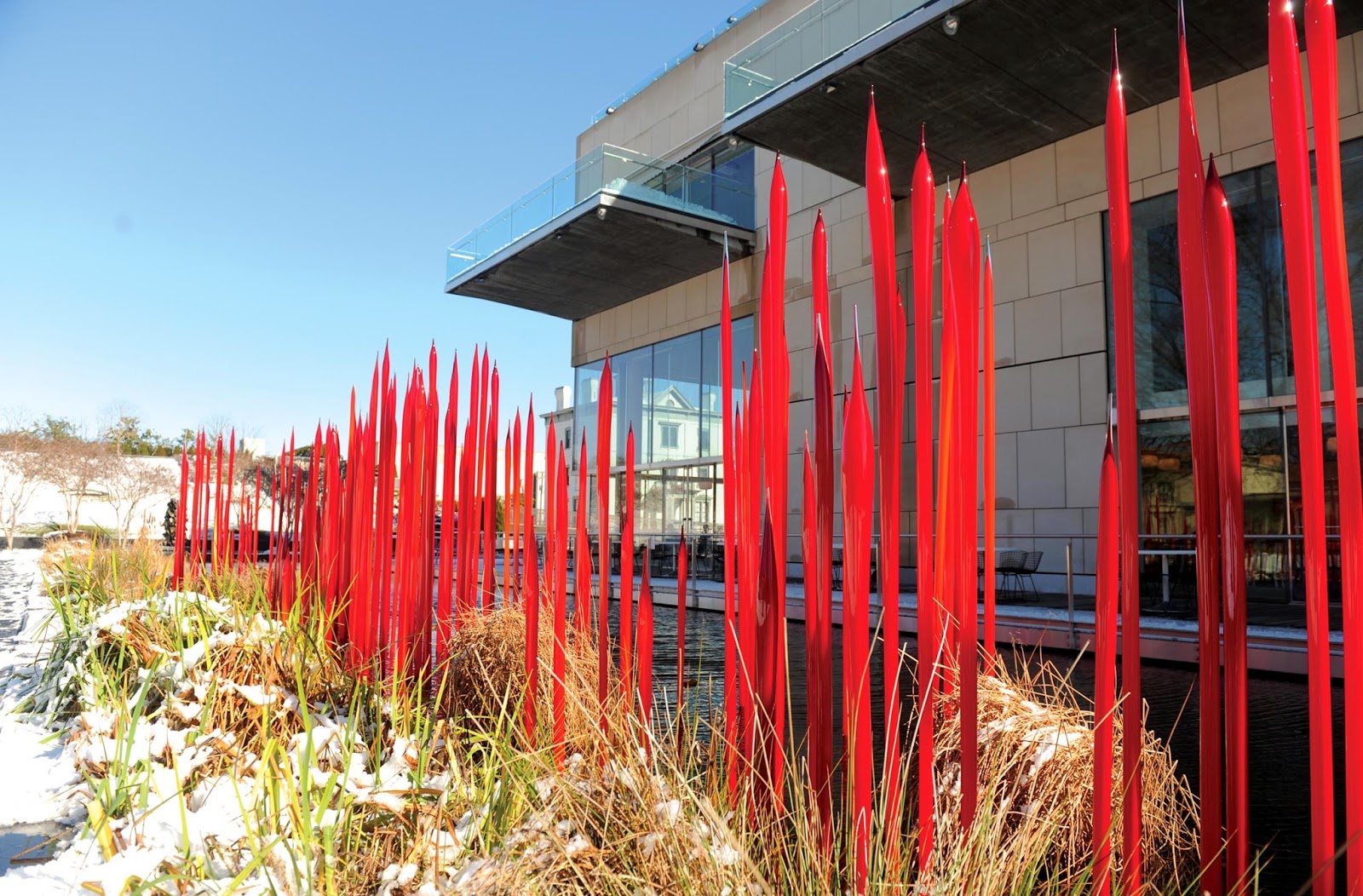 |
| “Red Reeds” by Chihuly. The work is the first site-specific outdoor installation by the artist to be acquired by an art museum. |
The Virginia Museum of Fine Arts (VMFA) board of trustees has voted to acquire the work Red Reeds, by Dale Chihuly which was created for the museum’s Anne Cobb Gottwald reflecting pool. The artist created more than 100 red glass reeds as part of the Chihuly at the Virginia Museum of Fine Arts exhibition, October 20, 2012- February 10, 2013. Since that time, Red Reeds has been on loan to VMFA.
This dynamic, site-specific work by Dale Chihuly was an instant success at the Virginia Museum of Fine Arts,” said Alex Nyerges, director.”It is beautiful in every season, and is a wonderful addition to the Lora Robins Sculpture Garden. I am especially pleased that this is the first site-specific outdoor installation by Chihuly to be acquired by an art museum.”
Red Reeds was purchased with private funds from the Arthur and Margaret Glasgow fund. Private funds are always used for art acquisition, but upon purchase the work becomes the property of the Commonwealth of Virginia for its ongoing care.
The reeds were blown by team Chihuly at the Nuutäjarvi Glass Factory in Nuutäjarvi, Finland because of the excellent clarity of glass there and to take advantage of their annealing ovens, the largest in the world. The annealing process facilitates the curing of these large-scaled elements, which are as much as 10 feet in height. Also, the red glass in Finland has a particularly brilliant quality, due to the ruby red pigment and the added chemical element neodymium.
About the Virginia Museum of Fine Arts VMFA’s permanent collection encompasses more than 33,000 works of art spanning 5,000 years of world history. Its collections of Art Nouveau and Art Deco, English silver, Fabergé, and the art of South Asia are among the finest in the nation. VMFA’s Statewide Partnership program includes traveling exhibitions, artist and teacher workshops, and lectures across the Commonwealth. VMFA is open 365 days a year and general admission is always free. For additional information, visit www.vmfa.museum.





